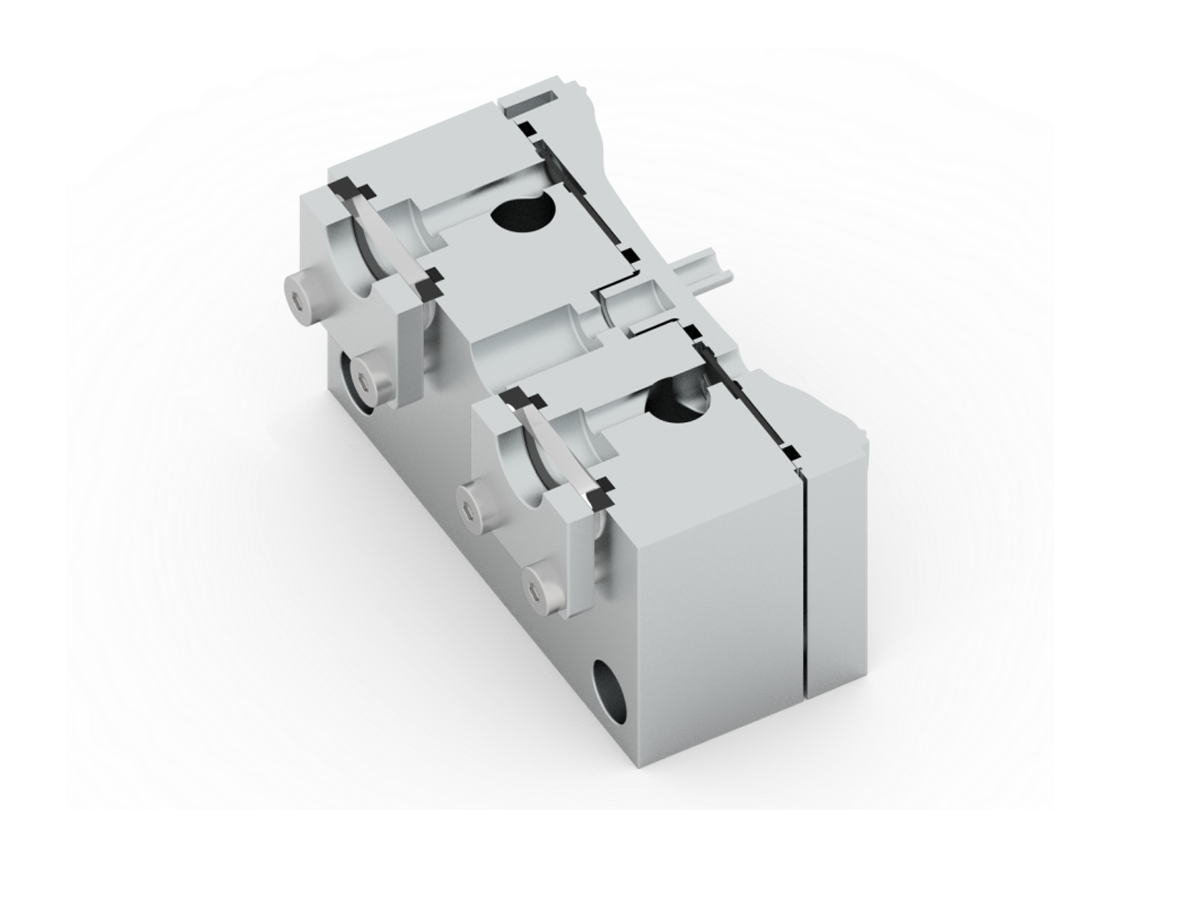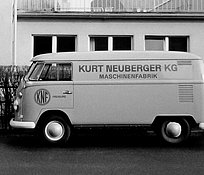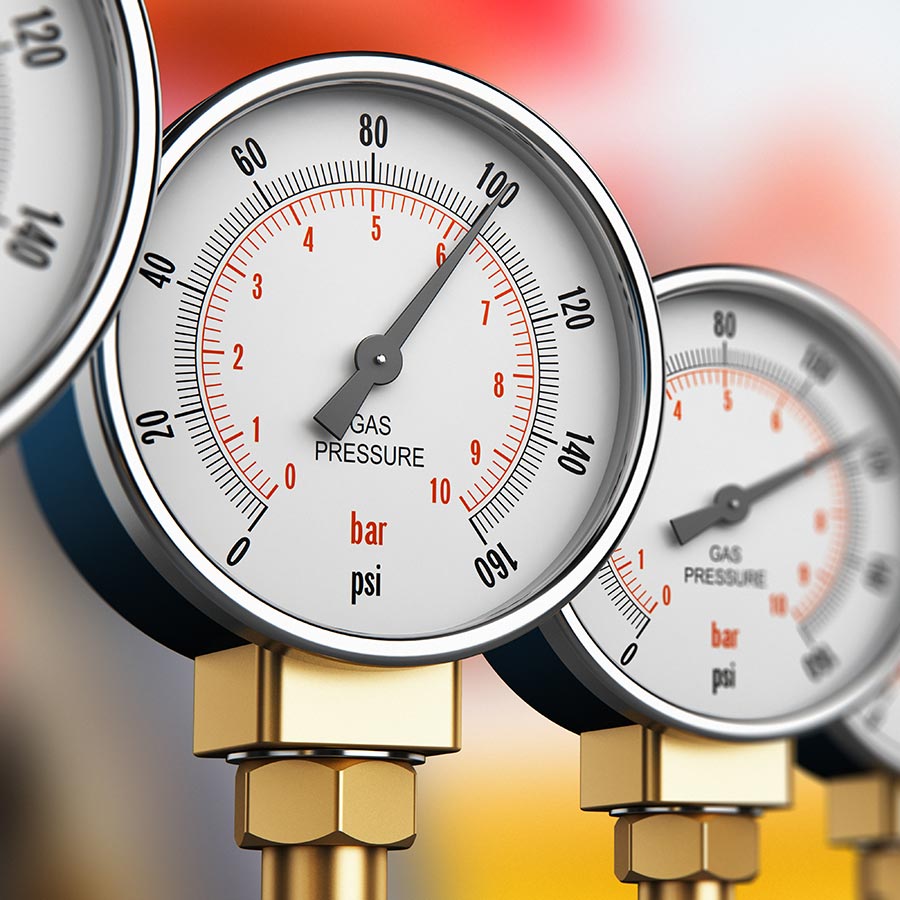
The Science Behind Diaphragm Pump Valves
In cooperation with the Graz University of Technology, KNF has developed a novel test rig that for the first time provides a detailed insight into the behavior of reed valves in diaphragm pumps. Using a Laser Doppler Vibrometer, the engineers were able to measure valve behavior with remarkable accuracy, allowing for a deeper and more precise analysis and understanding of these important diaphragm pump components.
Exploring the Effect of Reed Valves on the Efficiency of Diaphragm Pumps
When properly designed, reed valves have a significant impact on the efficiency, performance, and reliability of pumps and compressors by improving energy consumption and the compression process, preventing potential damage, and increasing overall system performance. They are also important for noise reduction. However, their dynamic behavior in smaller vacuum pumps, such as diaphragm pumps, has been less studied than in larger compressors. In cooperation with the Graz University of Technology, KNF has now developed a method for measuring valve dynamics in diaphragm pumps that was previously only possible with much larger compressors.
Utilizing a Laser Doppler Vibrometer for Precision Measurement of Reed Valve Dynamics
The test setup, carefully designed to minimize interferences and ensure accurate evaluation of the dynamic characteristics of the valves, complies with ISO 21360 standard methods for measuring vacuum pump performance and features a KNF proven test rig that allows individual adjustment of inlet and outlet pressures to maintain a stable operating point. In preparation for the tests, a special set of KNF pumps was modified with a clear acrylic window sealed with O-rings. The preparation also included the application of a reflective silver acrylic spray to the normally non-reflective surface of the valve. To maintain the accuracy of this method, it is critical that the coating does not significantly alter the mass or dynamic properties of the valves, even when measured on a high-resolution analytical scale. In addition, the BLDC motors developed by KNF allow the motor speed of the vacuum pump to be adjusted to support measurements under varying operating conditions.

These modifications then allow light from a Laser Doppler Vibrometer to pass through and measure the velocity of the reed valves. By evaluating their behavior, these measurements provide valuable information about valves opening and closing points, impact velocity, and other values related to the position of the crank shaft. In addition to this data, the test rig also allows for the recording of the mass flow rate, the temperature and the pressure. Since the diaphragm pump operates on air during measurements, environmental data such as pressure, temperature, and humidity are also recorded.
The dynamic behavior of the reed valves was evaluated at three different engine speeds – 700 rpm, 1500 rpm, and 3000 rpm – under a variety of conditions in vacuum and pressure applications with a maximum outlet pressure limited to 2 bar abs. When used in a vacuum environment, the discharge side of the pump is connected to the surrounding atmosphere, resulting in an outlet pressure equal to the ambient pressure. In pressure applications, the suction side of the pump is connected to the ambient atmosphere.
Rotational Speed and Pressure Ratio: Key Influencers on Valve Operation and Diaphragm Deformation
Analyzing the measurements taken after approximately two hours of free float loading resulted in several key findings. One of the most remarkable observations was that the closing points of both the suction and discharge valves are primarily influenced by the rotational speed and less so by the pressure ratio – the absolute outlet to inlet pressure. In contrast, the valve opening points are more affected by pressure ratio than by the rotational speed.
In addition, the valves are observed to hit the valve stop almost immediately after opening and to exhibit high velocity gradients. However, the occurrence of bouncing or intermediate oscillations – a common phenomenon in most reed valves – was minimal, an important characteristic of a well-designed valve. A comprehensive review of various pressure ratios shows a decrease in valve activity from free flow to final vacuum. At final vacuum, valve movement is minimal, indicating that the valves maintained their closed state.
The insights gained from these observations represent a significant leap forward in understanding the intricate dynamics of valve operation in a diaphragm pump system. In particular, factors such as rotational speed and pressure ratio play a key role in determining the valve’s closing and opening points and subsequent behavior. Also, the influence of pressure difference on the elastic deformation of the diaphragm adds another layer to the complex dynamics at play. KNF will incorporate these findings into further research and innovation and is proud that the paper presented by the Graz University of Technology research assistant at the 13th "International Conference Compressors and their Systems" in London was recognized and won the "Best Student Paper" award.
Contact us to benefit from our expertise!
75 Years: KNF Celebrates Company Anniversary
A treasure chest filled with memories, facts and stories. Learn more about KNF’s company history.




